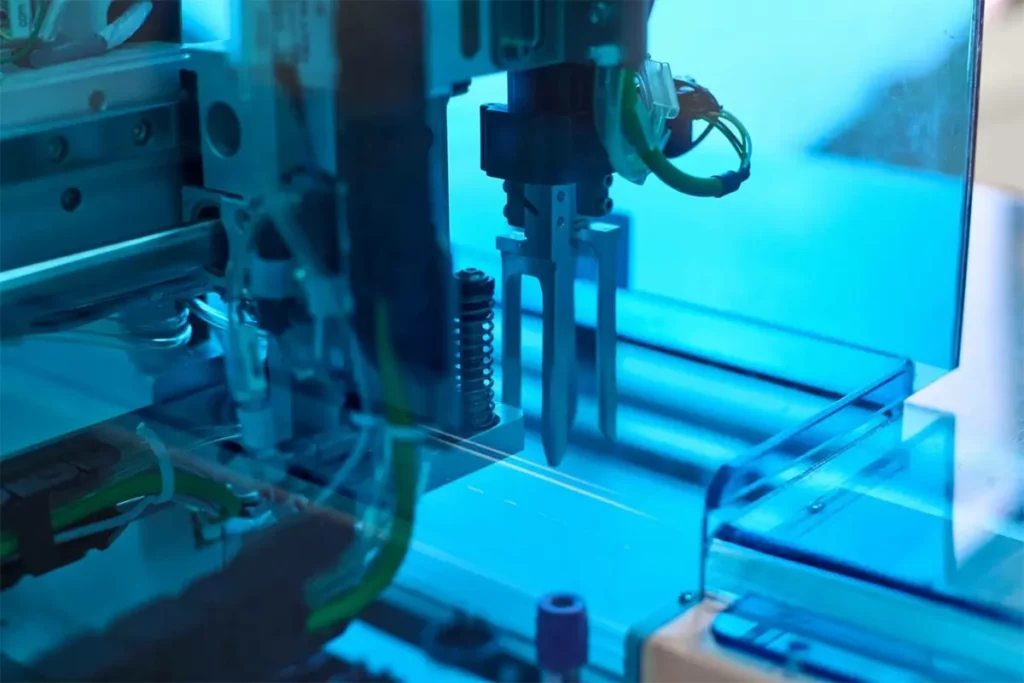Supply chain disruptions can have serious consequences for manufacturers, as many may have already experienced from the pandemic. From lost customers and dwindling revenues to even potential legal issues, the effects of supply chain disruptions can be long-lasting and damaging. Manufacturers that have earned the dubious honour of having a bad track record of supply chain disruptions may also be shunned due to reputational damage.
As border restrictions have become a thing of the past and most factories have reopened and are able to operate at full capacity, manufacturers no longer have the excuse of the pandemic for supply chain disruptions. In fact, with geopolitical risks at an all-time high, the onus is on manufacturers to be responsible and prioritise supply chain resilience.
Here are four key steps manufacturers should take to digitalise their supply chain and increase supply chain resilience:
1. Identify vulnerabilities in your supply chain
How should manufacturers recognise the weak links within an intricate network of suppliers? By employing a systematic approach, manufacturers can identify potential vulnerabilities and take proactive measures to address them. This should include locating bottlenecks and optimising the inventory. Ideally, manufacturers should have a fully digitalised environment as supply chains can be stress-tested via digital twins too.
From evaluating key performance indicators to conducting comprehensive risk assessments, a diligent analysis of inventory management, transportation logistics and supplier relationships can shed light on areas that may be hindering the overall efficiency of the supply chain. Embracing data-driven insights and leveraging advanced technologies will also help companies strengthen their supply chains, optimise operations, and maintain a competitive edge in the dynamic global market.
2. Fostering a digital culture to digitalise the supply chain
Manufacturers must take a strategic and collaborative approach to successfully gain internal alignment when digitalising the supply chain. Industry leaders must first establish a clear vision and communicate the goals and objectives of digitalising the supply chain to ensure everyone understands the benefits and importance of digital transformation.
Following that, they should also focus on building up cross-departmental and inter-organisational collaboration to encourage open communications between different departments involved in the supply chain, such as procurement, production, logistics, and IT. This will help identify pain points, streamline processes, and ensure a unified approach.
3. Building in buffers in operations
Building buffers in operations is crucial for creating a resilient supply chain. Buffers act as safety nets, allowing manufacturers to absorb variability and disruptions without affecting their operations. However, it is a fine line to balance creating the right amount of buffer and being bogged down with an excessive inventory.
Therefore, proper inventory management must be in place and digitalising your supply chain must be prioritised to have a comprehensive overview of your manufacturing plant’s inventory and ability to continue production even with supply chain disruptions.
4. Anticipating demand and establishing visibility
Anticipating demand and establishing visibility on every moving part of a manufacturing plant also helps build a resilient supply chain. By implementing demand forecasting, manufacturers can predict demand patterns accurately using historical data, market trends, and customer insights. With the support of this data, manufacturers will be able to enjoy cost reductions and revenue increases. However, the caveat is that these data sets can only be correctly captured in a highly digitalised environment that allows advanced analytics and forecasting tools to be used.
With a digitalised plant, these data sets also support manufacturers in their quest to establish visibility on every aspect of their manufacturing operations. This also paves the way for the adoption of agile manufacturing practices, allowing manufacturers to adapt production processes to meet changing demands.
Imagining a world without supply chains: is no supply chain the best supply chain?
Supply chains have inherent and constantly growing risks with geopolitical tensions and trade tariffs in place. On top of this, Scope 3 emissions are also a major contribution to manufacturing’s carbon footprint in an increasingly fragmented world.
An alternative to reducing the reliance on supply chains is additive manufacturing. This will require manufacturers to undergo further digital transformation and utilise technologies of Industry 4.0.
Digital transformation is the key answer to these challenges
By fully digitalising operations and taking the steps outlined above, manufacturers can ensure that their plants are prepared to handle any supply chain disruptions that may arise. This will allow manufacturers to mitigate potential risks and get production back on track as soon as possible.
Be it establishing a digitalised supply chain or using additive manufacturing to eliminate supply chains, manufacturers must undergo digital transformation and tap the emerging and disruptive powers of Industry 4.0.
However, the path to digital transformation is different for every manufacturer. How will yours look like? Find out more with SIRI.



